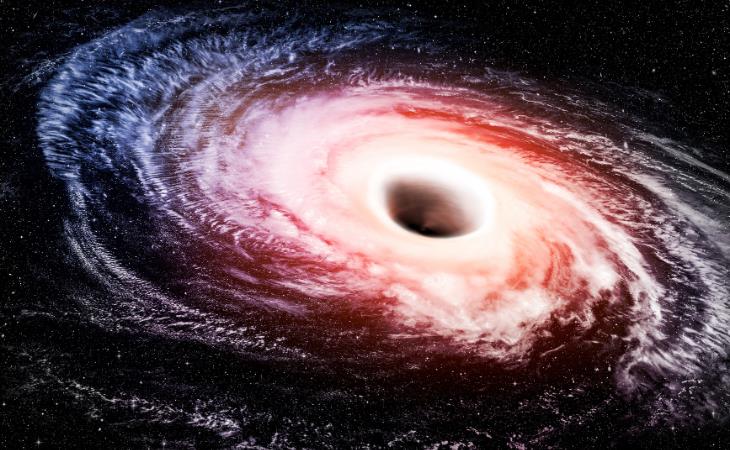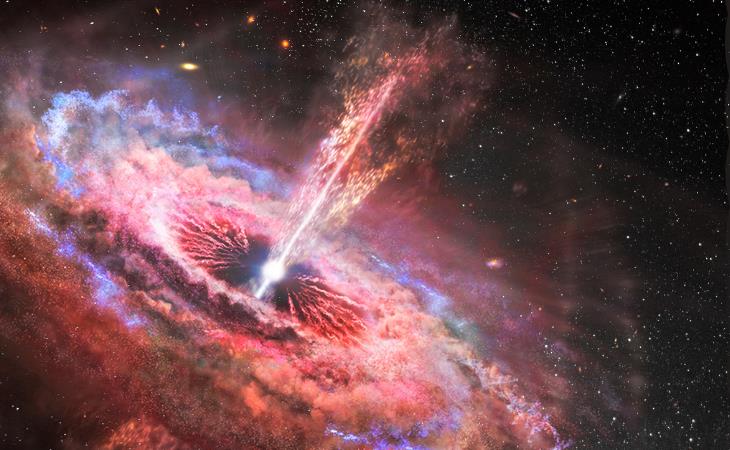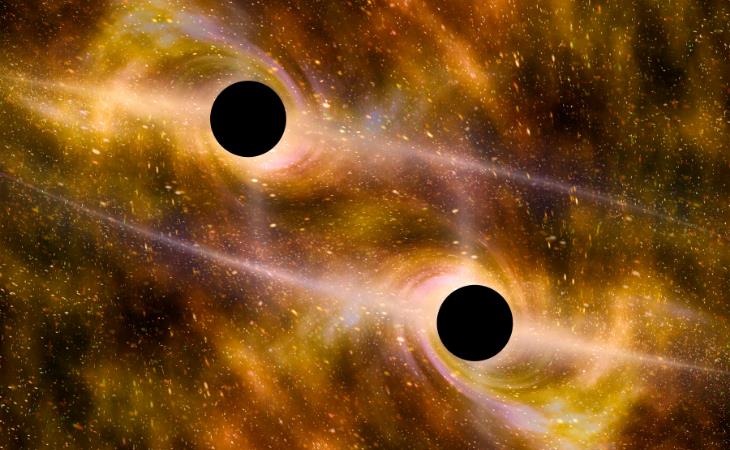Black holes are some of the most mysterious and fascinating objects in the universe. They’re like cosmic vacuum cleaners, pulling in everything around them, even light! While they may seem like science fiction, black holes are very real, and the more we learn about them, the stranger they get.
These cosmic monsters have captivated scientists and science fiction fans alike, and for good reason. With their mind-bending gravity and eerie silence, black holes are the ultimate enigma. If you’re curious about what makes black holes so weird, here are eight fascinating facts that will leave you in awe of these cosmic giants.
Related: Science Lesson: 10 Fiery Facts About the Sun You Must Know
1. Time slows down near a black hole
One of the strangest things about black holes is how they affect time. According to Einstein’s theory of relativity, time slows down the closer you get to a black hole. If you were to fall into one, someone watching from a distance would see your movements slow down until, eventually, you would appear frozen in time. This phenomenon, called time dilation, happens because of the immense gravitational pull of black holes, which warps space and time itself!
2. Black holes can "spit out" matter
While black holes are famous for pulling everything in, including light, they can also eject matter in massive jets. When a black hole consumes matter, not all of it crosses the event horizon. Instead, some of the material gets blasted out at nearly the speed of light. These jets are called relativistic jets and can stretch for thousands of light-years. It’s a strange reminder that black holes don’t just consume—they can also send out incredible bursts of energy.
3. Black holes can "evaporate"
Despite their reputation as cosmic vacuum cleaners, black holes can actually lose mass and "evaporate" over time, a phenomenon predicted by physicist Stephen Hawking. Hawking's radiation theory states that black holes emit particles due to quantum effects near the event horizon. This means they gradually lose energy and can eventually vanish completely, albeit over incredibly long timescales. This process could take billions of years for supermassive black holes, but it offers a glimpse into the intricate relationship between quantum mechanics and gravity.
4. No two black holes are alike
Every black hole is unique, shaped by the specific conditions of its birth and the material it has consumed. They can vary in mass, spin, and charge, leading to different classifications such as stellar black holes, supermassive black holes, and intermediate black holes. In fact, some can be incredibly small—roughly the size of an atom! These are called primordial black holes, and scientists believe they formed shortly after the Big Bang. Their spins can also create a complex “frame-dragging” effect on the surrounding space, influencing nearby objects.
5. Black holes can spin at nearly the speed of light
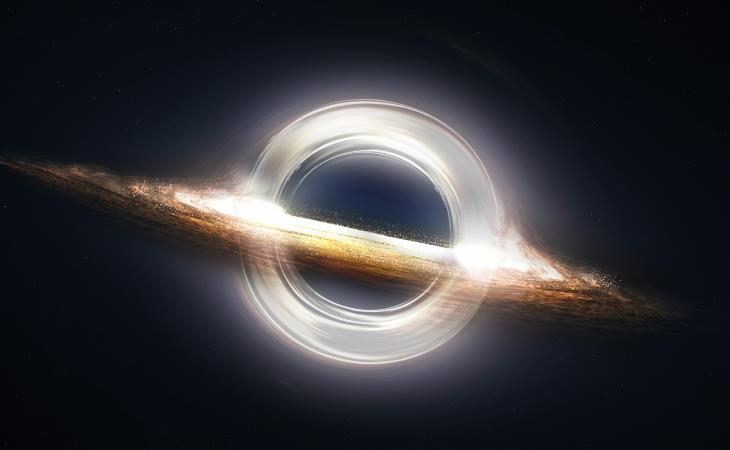
Black holes are often thought of as stationary objects, but they can actually move at incredibly high speeds. In some cases, black holes can reach speeds of up to 5 million kilometers per hour (3.1 million miles per hour), making them some of the fastest-moving objects in the universe.
Some black holes even spin at nearly the speed of light! These spinning black holes, called Kerr black holes, drag spacetime along with them in a phenomenon known as frame-dragging. This swirling spacetime can create powerful jets of energy and particles that are ejected from the black hole's poles, making them some of the most luminous objects in the universe.
6. Black holes can merge to form bigger black holes

When two black holes get close enough, their immense gravitational forces pull them together, causing them to merge. This collision releases an enormous amount of energy in the form of gravitational waves, which ripple through space-time and can be detected here on Earth. The merged black hole is larger and even more powerful. These mergers are some of the most violent events in the universe, and detecting the resulting gravitational waves has helped scientists learn more about these mysterious objects.
7. There's a "Supermassive" black hole at the center of our galaxy
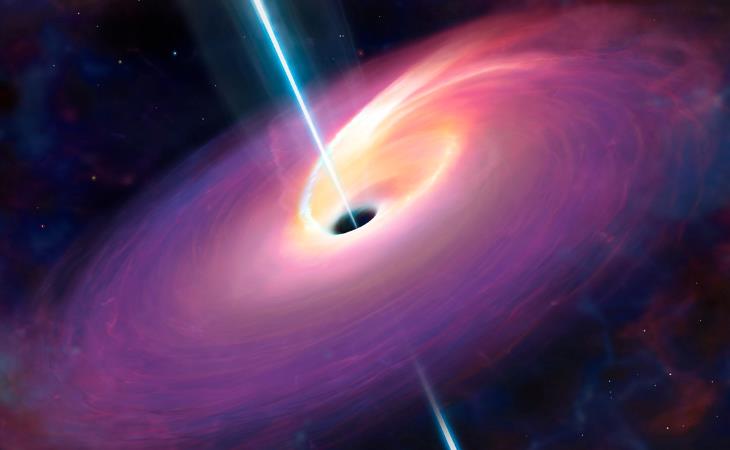
Almost every large galaxy, including our Milky Way, harbors a supermassive black hole at its center. These black holes can have masses equivalent to millions or even billions of suns! Their immense gravitational pull shapes the orbits of stars and gas in the vicinity, influencing the galaxy’s dynamics. While the exact mechanism behind their formation is still debated, it’s believed they grew over time by consuming surrounding matter and merging with other black holes.
Our Milky Way's supermassive black hole is called Sagittarius A*. It has a mass equivalent to about 4 million suns. While it's currently relatively quiet, it has likely undergone periods of intense activity in the past, devouring stars and gas and shaping the galaxy's evolution.
Related: These Details About Outer Space Are Captivating & Shocking
8. Black holes warp space itself
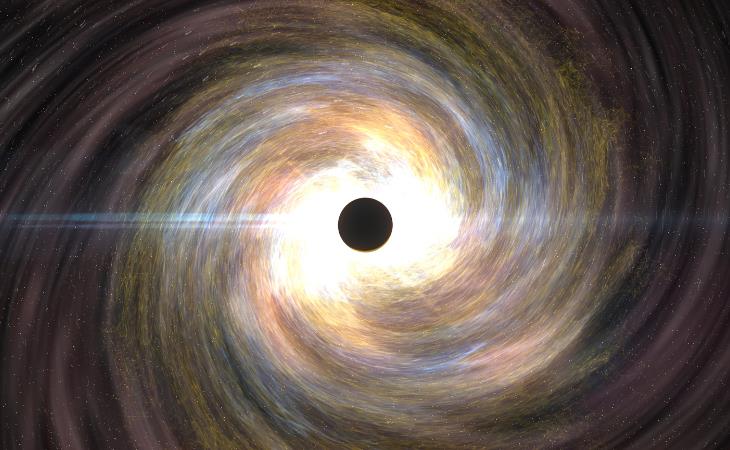
Black holes don’t just affect objects and light—they also warp the very fabric of space. The immense gravitational pull of a black hole bends and distorts space around it, creating what's known as gravitational lensing. This effect can cause light from distant stars or galaxies to bend around the black hole, making them appear stretched or even duplicated. Gravitational lensing allows astronomers to observe distant objects that would otherwise be hidden behind other cosmic structures.

